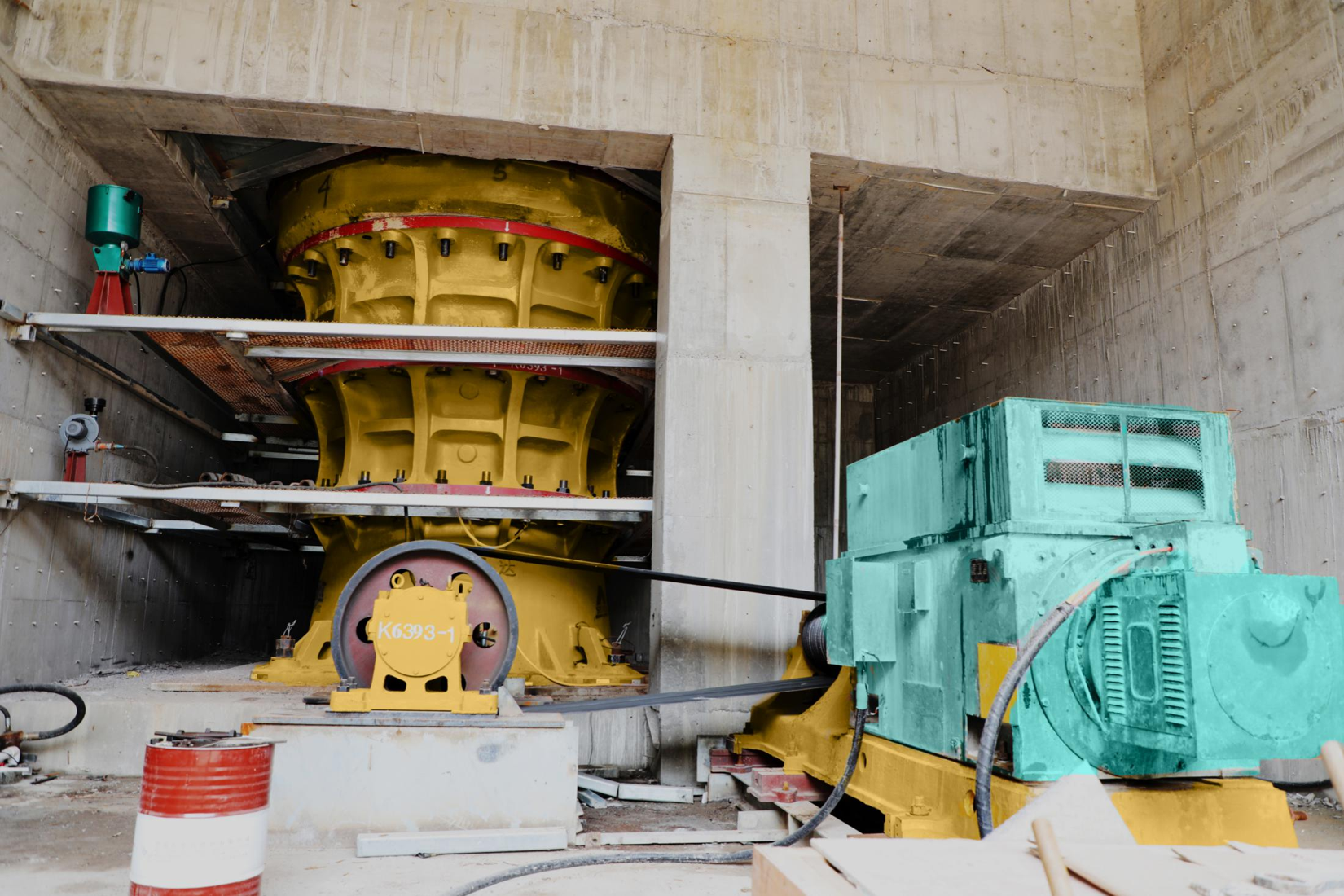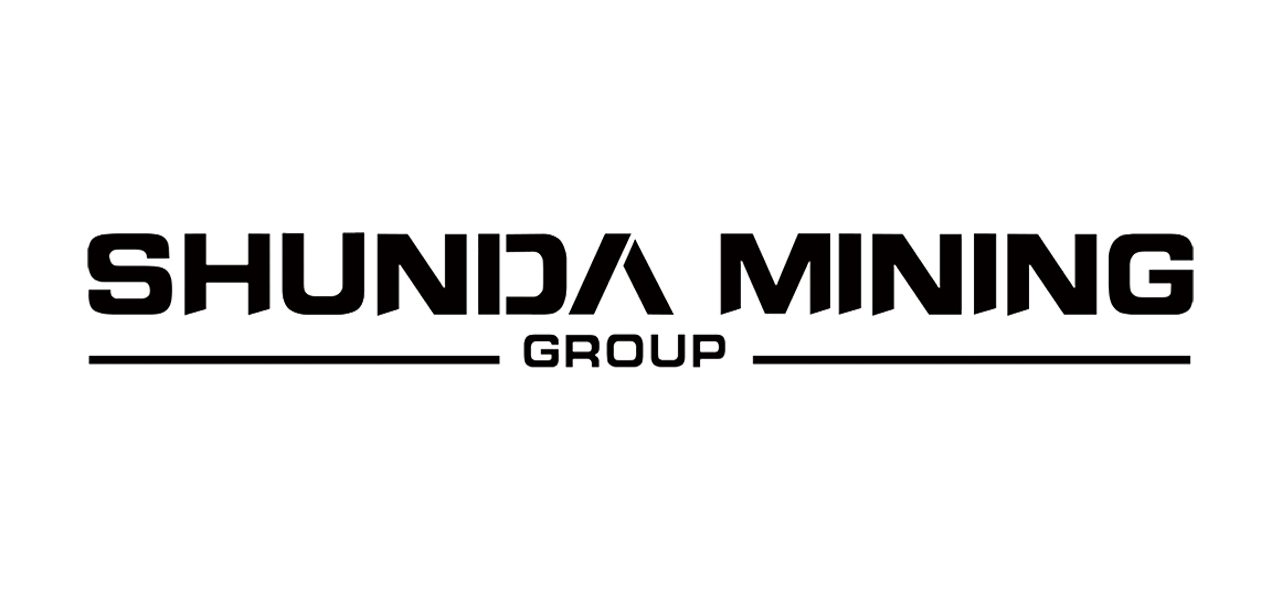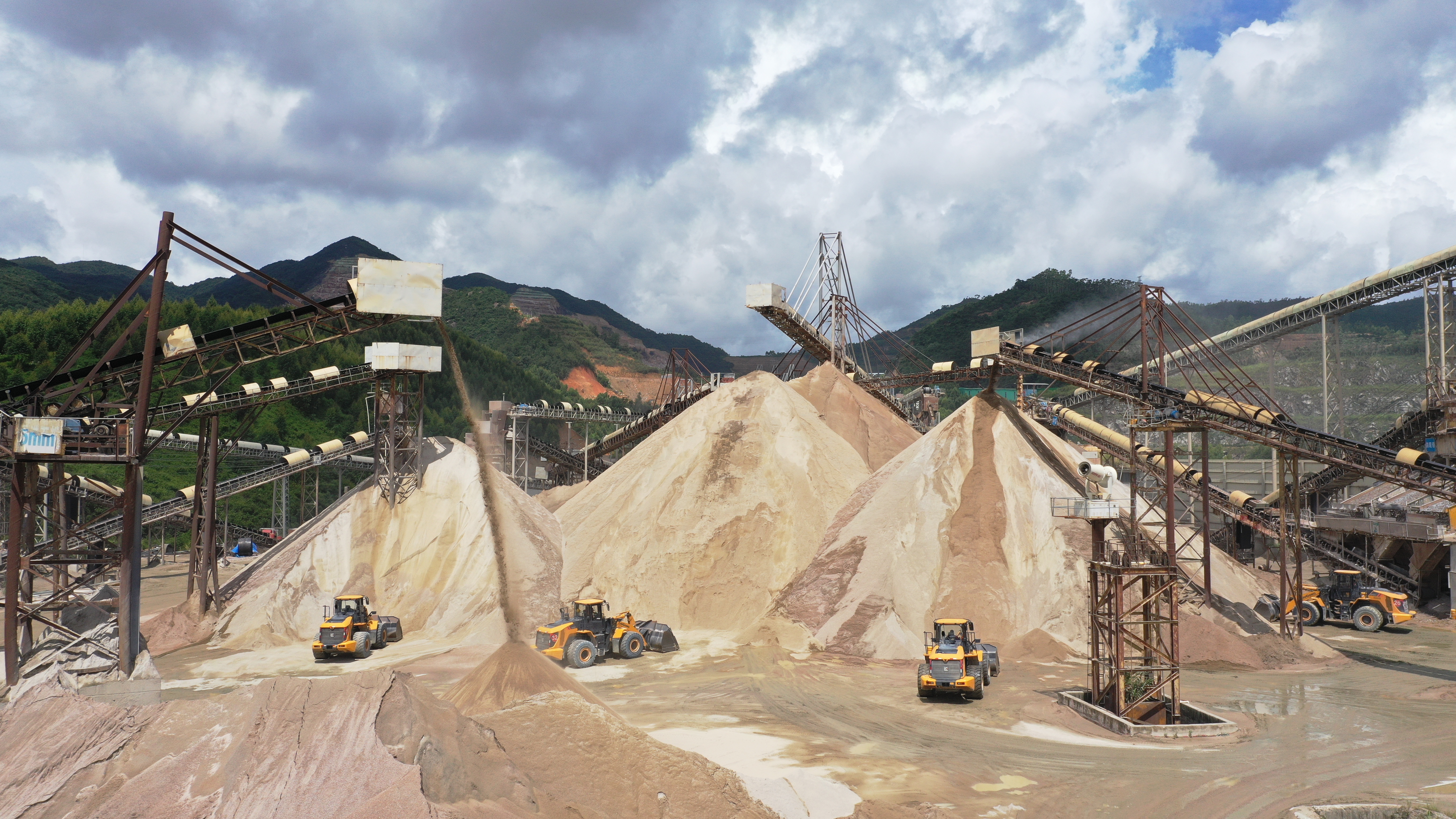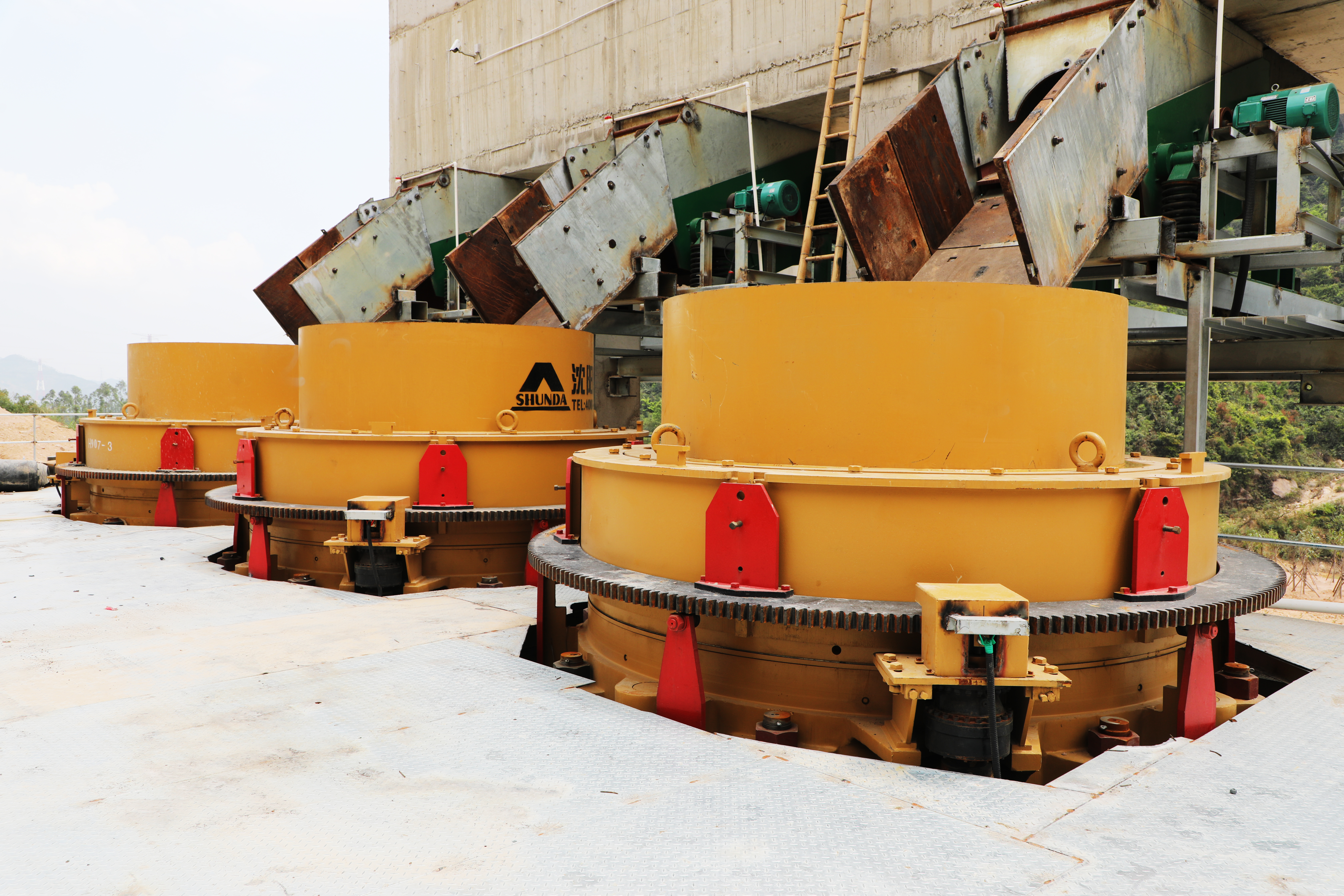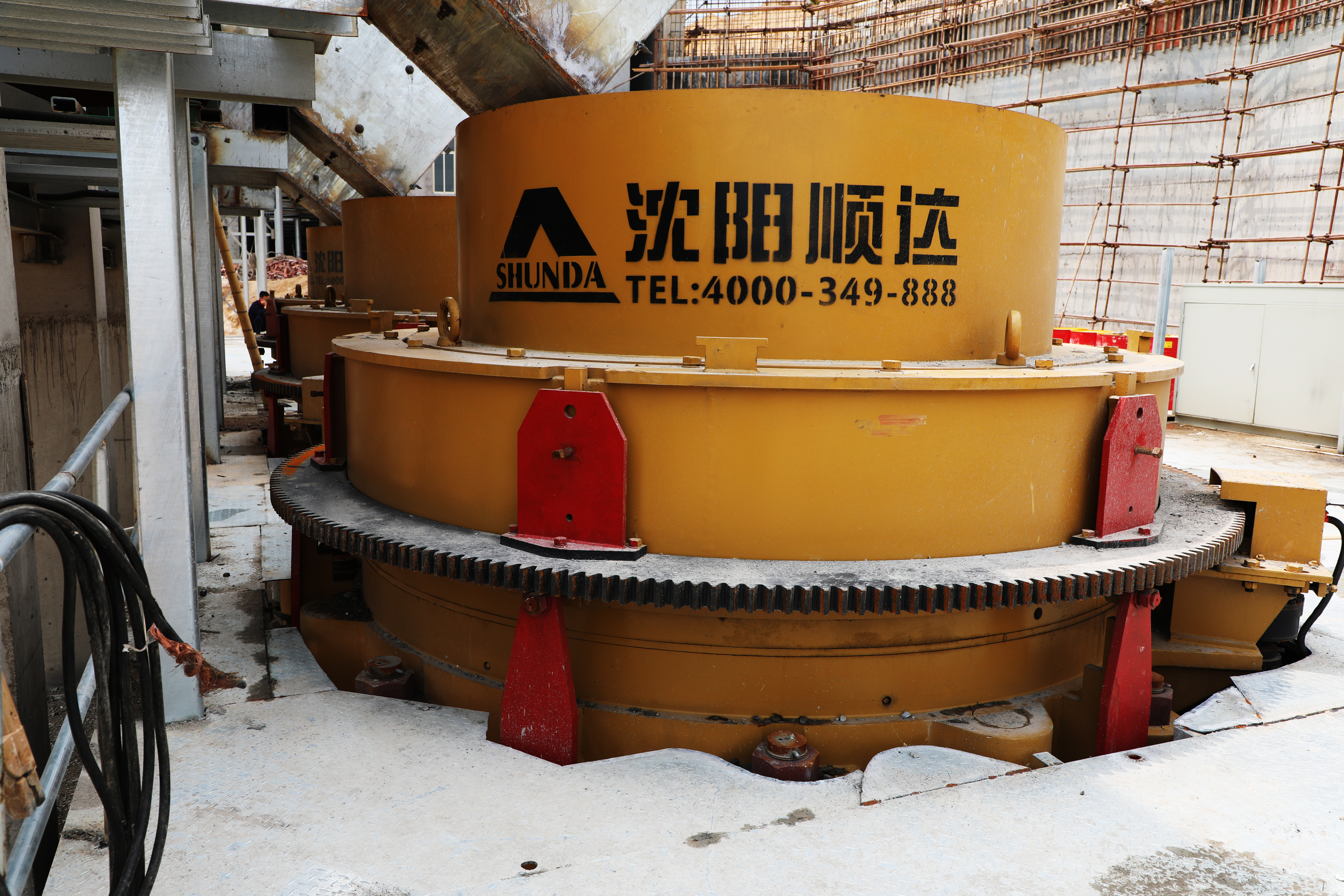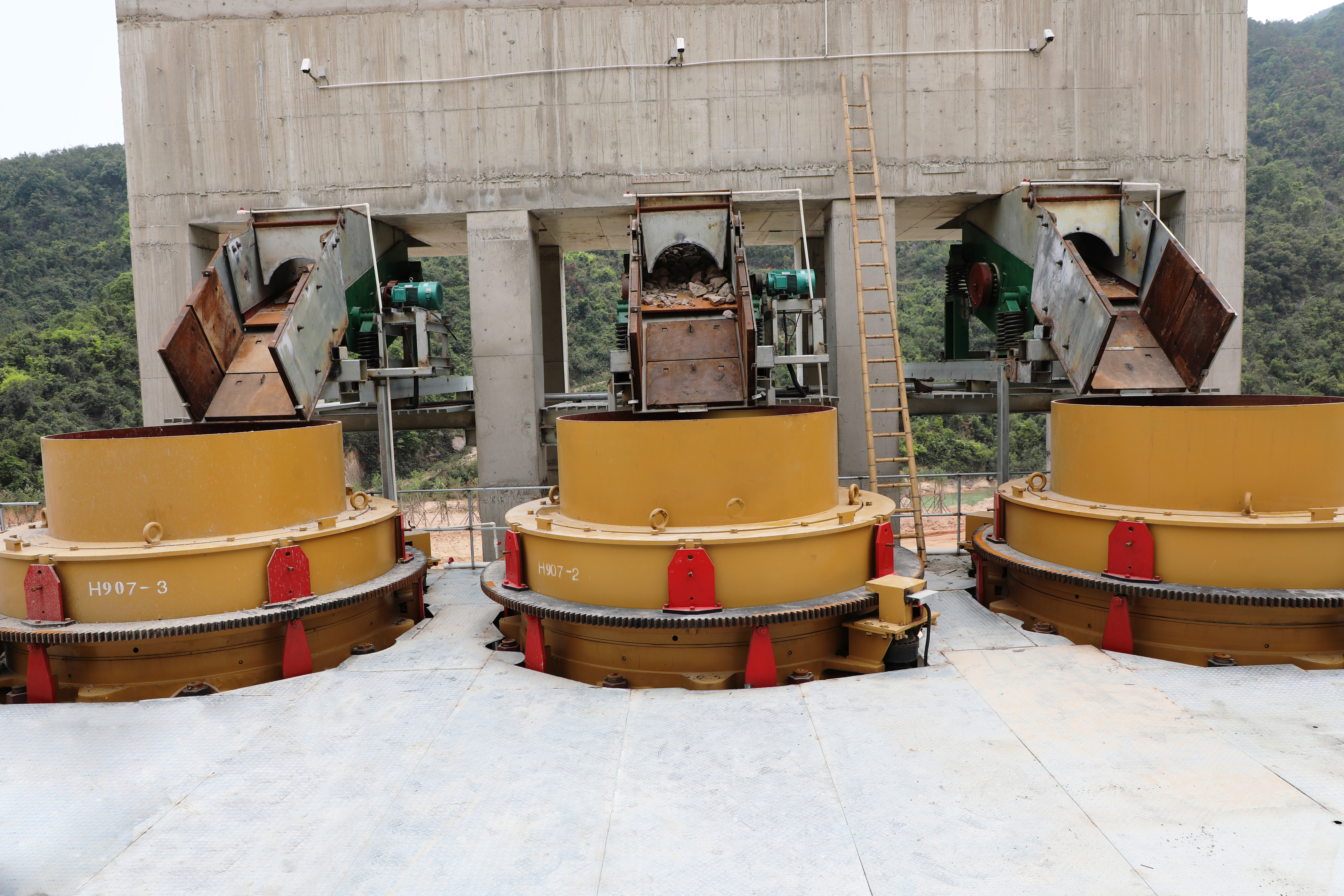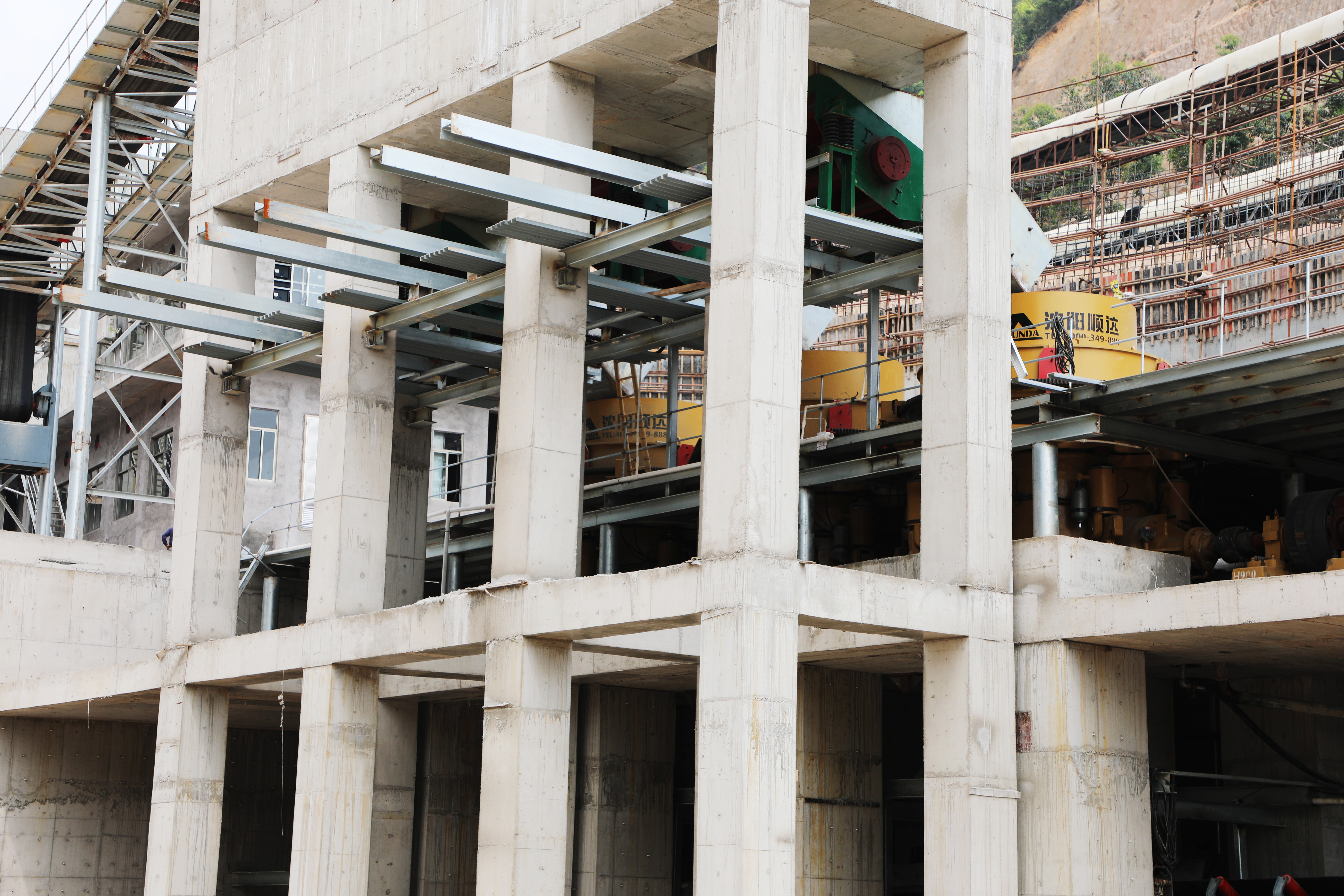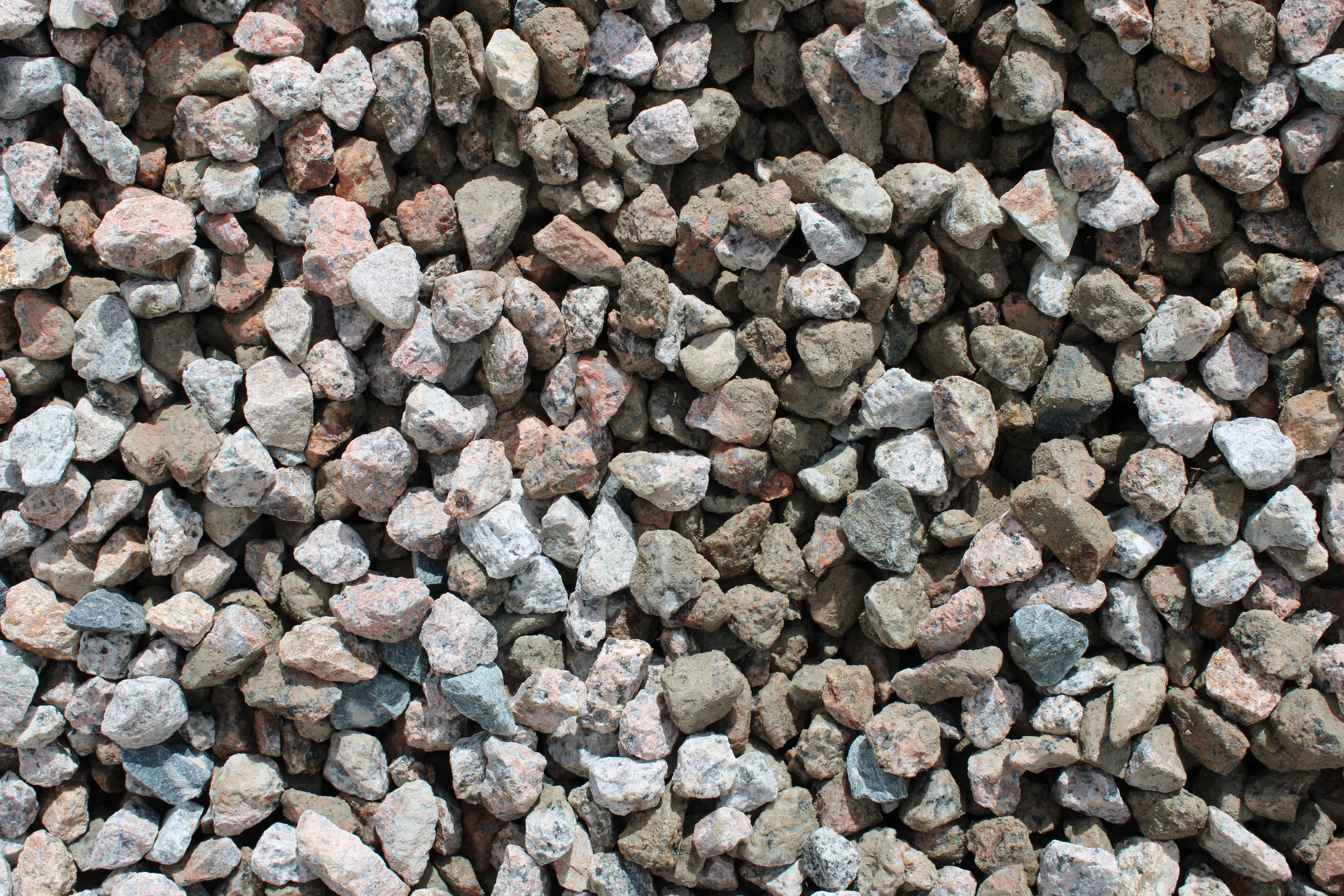Guangdong Dongsheng Industrial Group was founded in the 1980s, located in Guangdong Province with abundant natural resources and superior geographical location. Dongsheng Industry is one of the large aggregate enterprises in China and the president unit of Guangdong Sand and Stone Association. Its mines have obtained the ISO9001:2008 quality system certification from the Hong Kong Quality Management Bureau, and its products are exported to Hong Kong, Macau, Taiwan, Singapore and other regions.
Jiangmen Taisheng Quarry is a quarry under Guangdong Dongsheng Industrial Group. It is a large production base of granite and gravel materials for construction in China and a green mine in Guangdong Province. With the significant increase in demand for sand and gravel aggregates in the market, customers have decided to increase investment and production capacity to ensure market supply and profit growth. As a result, an annual production line of 25 million tons of sand and gravel aggregates has emerged.
As a leading enterprise in the supply of sand and gravel in South China, Taisheng Quarry has always been at the forefront of industry development. Taisheng Quarry uses a total of 3 Shunda heavy ore rotary breakers and about 20 Shunda heavy ore cone breakers. Tang Jinhong, the general manager of Taisheng Quarry, admitted that although Taisheng Quarry was established in 2006, other quarries under Dongsheng Industry had already used equipment from Shunda Heavy Mine before that, which can be traced back to 1999. Later, when the Taisheng Quarry was established, the preferred equipment was Shunda Heavy Mine. In order to pursue higher production efficiency and comprehensive resource utilization, Taisheng Quarry constantly tries various new technologies and processes. After repeated experiments, it is found that in the application of Taisheng Quarry, Shunda Heavy Mine's equipment has stable performance, high operating efficiency, long service life, lower cost, and good service. Therefore, all of Shunda Heavy Mine's crushing equipment is currently used.
